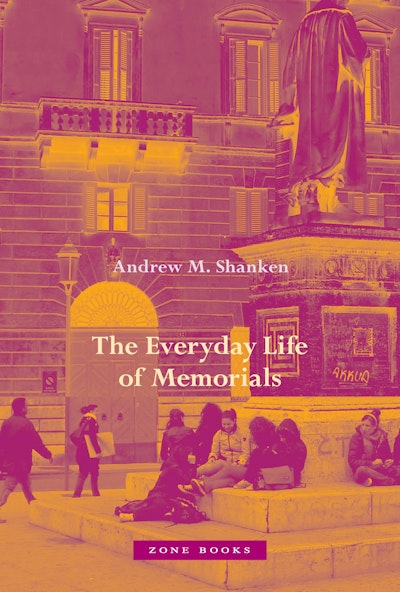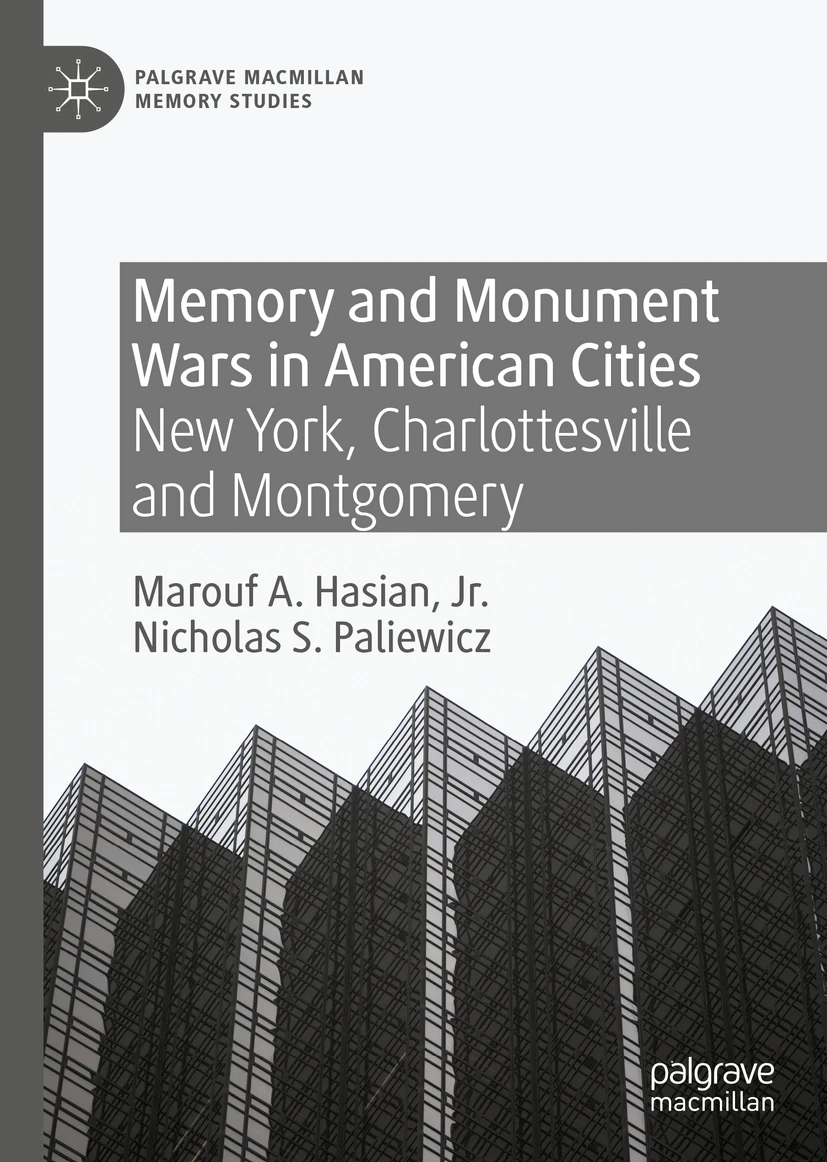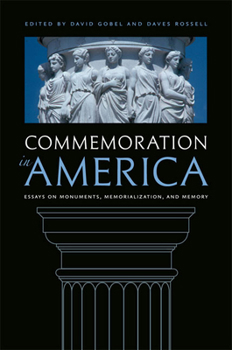Library Resources-General References
Connect to Library Resources Wherever You Are!
- Access databases, journals and e-books online using your VUnet ID & password
- Work directly with a librarian!
- Email Stephanie with a question
- Schedule a virtual meeting with Stephanie for in-depth research help
- Need a quick and dirty answer? Connect to us via chat from any library webpage
Sometimes the best place to start is a subject specific dictionary or encyclopedia:
-
Oxford Art Online This link opens in a new window
Oxford’s art reference works: Grove Art Online, the Benezit Dictionary of Artists, the Encyclopedia of Aesthetics, The Oxford Companion to Western Art, and The Concise Oxford Dictionary of Art Terms.
-
Oxford Bibliographies This link opens in a new windowLiterary guide to significant sources on a variety of subjects. Works as an annotated bibliography and a high-level encyclopedia.
-
Britannica This link opens in a new windowAuthoritative references, including articles from the print Encyclopædia Britannica, articles specially written for Britannica Online, Merriam-Webster’s Collegiate Dictionary, the Britannica Book of the Year, etc.
-
Oxford Reference This link opens in a new window
Reference sources published by Oxford University Press. Dictionaries, subject reference works, language reference sources and key titles in the Oxford Companion series. Some examples are: the Oxford-Duden German dictionaries, A Dictionary of Psychology, A Dictionary of Zoology, The Oxford Dictionary of Idioms, A Dictionary of Writers and Their Works, Oxford Companion to Western Art, Oxford Companion to U.S.History, Oxford Companion to Music, Oxford Companion to Philosophy, and The Encyclopedia of Popular Music, etc.

Written in Stone: Public Monuments in Changing Societies
In Written in Stone, legal scholar Sanford Levinson considers the tangled responses of ever-changing societies to the monuments and commemorations created by past regimes or outmoded cultural and political systems. Drawing on examples from Albania to Zimbabwe, from Moscow to Managua, and paying particular attention to examples throughout the American South, Levinson looks at social and legal arguments regarding the display, construction, modification, and destruction of public monuments. He asks what kinds of claims the past has on the present, particularly if the present is defined in dramatic opposition to its past values.

The Everyday Life of Memorials
This book is about the everyday life of memorials. It explores their relationship to the pulses of daily life, their meaning within this quotidian context, and their place within the development of modern cities. Through Andrew Shanken’s close historical readings of memorials, both well-known and obscure, two distinct strands of scholarship are thus brought together: the study of the everyday and memory studies. From the introduction of modern memorials in the wake of the French Revolution through the recent destruction of Confederate monuments, memorials have oscillated between the everyday and the “not-everyday.” In fact, memorials have been implicated in the very structure of these categories. The Everyday Life of Memorials explores how memorials end up where they are, grow invisible, fight with traffic, get moved, are assembled into memorial zones, and are drawn anew into commemorations and political maelstroms that their original sponsors never could have imagined.

Monuments: America's History in Art and Memory
From the Alamo and Gettysburg to Mount Rushmore and the Vietnam Veterans Memorial, Monuments is celebrated architectural historian Judith Dupré’s sweeping tribute to classic American landmarks. But included too are contemporary monuments that are changing the way we think about commemoration–the AIDS Quilt, a traveling memorial made for the people by the people, and even the haunting lyrics of Bruce Springsteen’s “The Rising,” an intangible remembrance of September 11th. Monuments features more than 200 stunning duotone photographs, as well as fascinating stories, rare illustrations, candid interviews with artists and architects, and a unique chronology of milestones in the history of time and memory.

Memory and monument wars in American cities : New York, Charlottesville and Montgomery
Outlines how U.S. cities have responded to some of the most pressing political, cultural, racial issues of our time. Explains how cities are agentic actors that can wage “war” on urban landscapes as massive actor-networks struggling to remember (and forget). Speaks to the emergent realities of how cities have become battlegrounds in America’s continuing cultural wars

Commemoration in America: Essays on Monuments, Memorialization, and Memory
Commemoration lies at the poetic, historiographic, and social heart of human community. It is how societies define themselves and is central to the institution of the city. Addressing the complex ways that monuments in the United States have been imagined, created, and perceived from the colonial period to the present, Commemoration in America is a wide-ranging volume that focuses on the role of remembrance and memorialization in American urban life. The volume’s contributors are drawn from a spectrum of disciplines—social and urban history, urban planning, architecture, art history, preservation, and architectural history—and take a broad view of commemoration.

Monuments and Memory-Making: The Debate over the Vietnam Veterans Memorial, 1981-1982 (Reacting to the Past™)
Monuments and Memory-Making immerses students in the conversations and controversies that emerged as the nation grappled with how best to memorialize what was at the time the longest military conflict in US history. As students engage in the historical process of memory-making, they will work to reconcile the varied and often contradictory voices that rose up after the fall of Saigon. Students will tackle questions such as How do we create a national memory of the past? How do we reckon with a war that was widely understood as a defeat for the United States? How do we remember the dead while honoring the living? How do we reunite a fractured nation? How do public opinion and public consciousness shape our understanding of the past, and whose voices are privileged over others?

Politics of memory : making slavery visible in the public space
The public memory of slavery and the Atlantic slave trade, which some years ago could be observed especially in North America, has slowly emerged into a transnational phenomenon now encompassing Europe, Africa, and Latin America, and even Asia – allowing the populations of African descent, organized groups, governments, non-governmental organizations and societies in these different regions to individually and collectively update and reconstruct the slave past. This edited volume examines the recent transnational emergence of the public memory of slavery, shedding light on the work of memory produced by groups of individuals who are descendants of slaves. The chapters in this book explore how the memory of the enslaved and slavers is shaped and displayed in the public space not only in the former slave societies but also in the regions that provided captives to the former American colonies and European metropoles.

Smashing Statues: The Rise and Fall of America's Public Monuments
An urgent and fractious national debate over public monuments has erupted in America. Some people risk imprisonment to tear down long-ignored hunks of marble; others form armed patrols to defend them. Why do we care so much about statues? Which ones should stay up and which should come down? Who should make these decisions, and how Erin L. Thompson, the country’s leading expert in the tangled aesthetic, legal, political, and social issues involved in such battles, brings much-needed clarity in Smashing Statues. She lays bare the turbulent history of American monuments and its abundant ironies, from the enslaved man who helped make the statue of Freedom that tops the United States Capitol, to the fervent Klansman fired from sculpting the world’s largest Confederate monument―who went on to carve Mount Rushmore.
Fallen monuments and contested memorials
Bringing together international, multidisciplinary approaches, the chapters in this volume interrogate the ways in which memorial constructions disclose implicitly and explicitly the proxy battle for public memory and identity, particularly since 2015. Acknowledging the ways in which the past — which is given agency through monuments and memorials — intrudes into daily life, this volume offers perspectives from researchers that answer questions about the roles of monuments and memorials as persistent, yet mutable, works whose meanings are not fixed but are, rather, subject to processes of continual re-interpretation. By using monuments and memorials as lenses through which to view race, memory, and the legacies of war, power, and subjugation, this volume demonstrates how these works, and their visible representations of entitlement, possession, control, and authority, can offer the opportunity to pose and answer questions about whose memory matters and what our symbols say about who we are and what we value.
Architecture, Media, and Memory: Facing Complexity in Post-9/11 New York
Architecture, Media and Memory examines the wide range of urban sites impacted by September 11 and its aftermath - from the spontaneous memorials that emerged in Union Square in the hours after the attacks, to the reconstruction at Ground Zero, to vast ongoing landscape urbanism projects beyond.Yet this is not simply a book about post-9/11 architecture. It instead presents 9/11 as a multifaceted case study to explore a discourse on memory and its representation in the built environment. It argues that the reconstruction of New York must be considered in relation to larger issues of urban development, ongoing global conflicts, the rise of digital media, and the culture, philosophy and aesthetics of memory. It shows how understanding architecture in New York post-9/11 requires bringing memory into contact with a complex array of political, economic and social forces.


